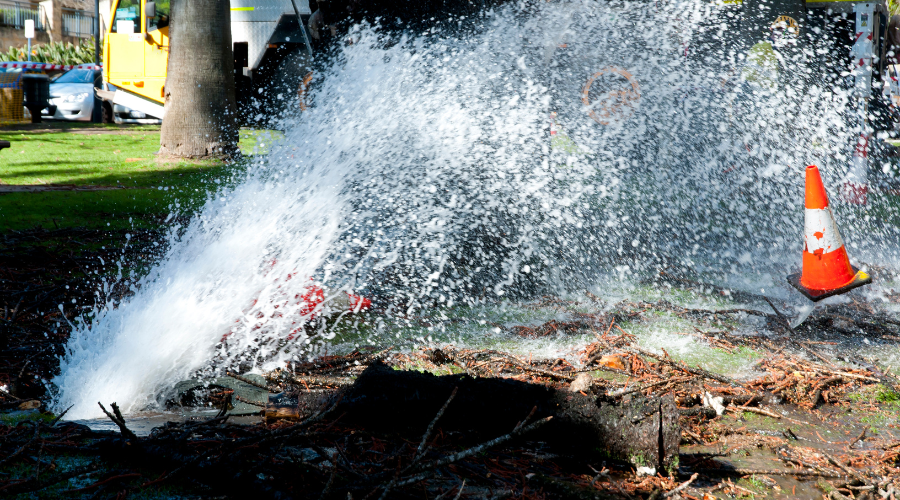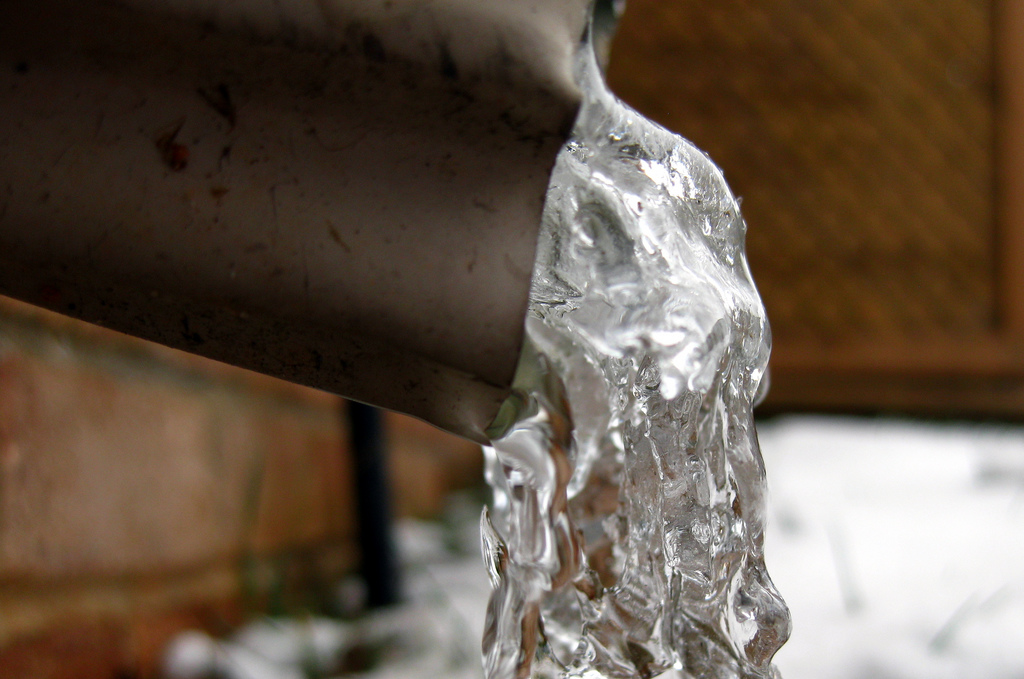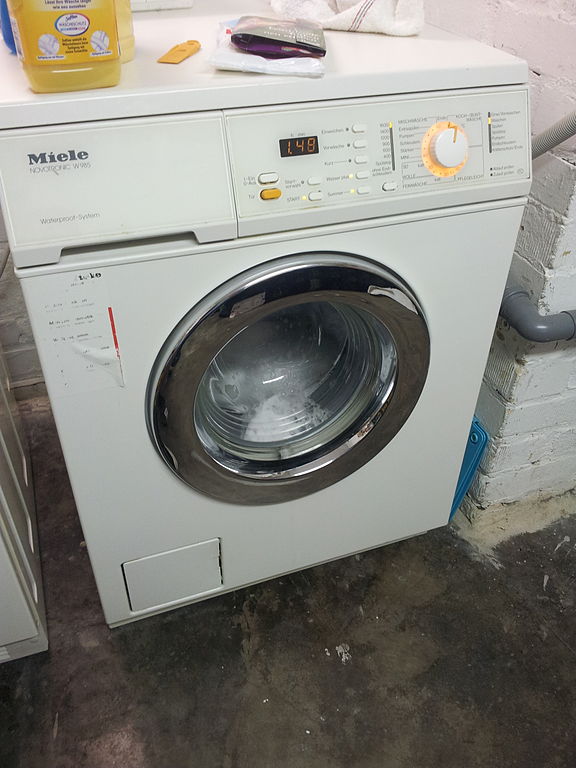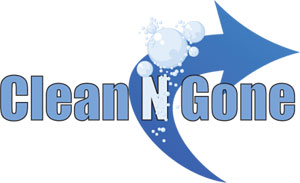Steer Clear of Weather-Related Pipe Bursts: Tips & What to Look For This Winter
As the winter season quickly approaches, we are reminded of family get-togethers, good food, holidays, and the end of another year. However, one thing not mentioned enough is the propensity of the pipes in your home or business to burst during these much colder temperatures. For those of us living in the northern part of the country, colder days are typical, and many of our homes and businesses are prepared as such. In the south, cold temperatures are not common and are often unexpected, leaving residents without the same “winterized” homes and businesses that you’d find in the north. Although taking the proper steps to make sure your home or business is safe is highly beneficial in preventing pipe bursts, it doesn’t always preclude you from experiencing this awful disaster. This article will explain why cold temperatures are a cause for concern, what to watch out for, and tips on how to help prevent pipe bursts.

Preventing Pipe Bursts For Your Home
Pipes are 60% more likely to burst in the winter than in any other season, and there is one major reason why: colder temperatures. A drop of only ten degrees in temperature can put a drastic amount of stress on pipes, and oftentimes, temperatures drop three-to-four times as much, causing the ground and water within the pipes to freeze. When the temperature drops below forty degrees, the fragility of pipes greatly increases. Because water expands when it freezes, pipes are under a lot of stress during winter. Research has also shown that when there is a very cold “wind chill,” a term northerners use pretty regularly, the possibility of a break increases exponentially.
Obviously, the smaller the pipe, the greater the risk of breakage, but all pipes are susceptible when temperatures take a dive. Furthermore, pipes that have been around for more than sixty years tend to be more brittle. Thus, inspecting pipes in an older home before the winter season hits is imperative. In most cases, newer houses have pipes that are equipped with insulationInsulation is a material used in buildings to reduce the tra... More sleeves to help prevent freezing, but in extreme situations, even all of the preparednessPreparedness is the state of being ready to respond to emerg... More in the world might not prevent a pipe burst.
Here are some tips to help decrease the chances of this happening in your home or business:
- RepairRepair is the act of fixing or restoring damaged property, m... More any cracks in windows and doors, and always close them tightly during the winter
- Insulate all outside walls
- Seal all leaks in crawl spaces and basements with caulking
- Close vents in the winter (if they don’t close, cover them with insulationInsulation is a material used in buildings to reduce the tra... More, cardboard, or newspaper)
- Turn off water to outside faucets, if possible, and remove hoses and drain pipes
- Fit pipes with insulationInsulation is a material used in buildings to reduce the tra... More sleeves (there are many different types and levels of protection)
- Allow a faucet in your home to drip during extremely cold temperatures to help with water flow in pipes (even the slowest drip can take pressure off the pipes)
- If going on vacation, turn off the water!
- Never turn your heat down too low!
- If you turn a faucet on and water does not come out, don’t take a chance – call a plumber!
- Call a RestorationRestoration is the process of returning a property to its pr... More Professional for water damage mitigation services!

Remember, pipes can burst as long as two days after a cold spell. It takes longer for the water temperature to decrease than the air temperature. This lapse in time does not mean a disaster won’t happen – it only means it could be delayed. As the weather becomes blisteringly cold, be sure to inspect and prepare your home for these unforeseen and devastating events.












